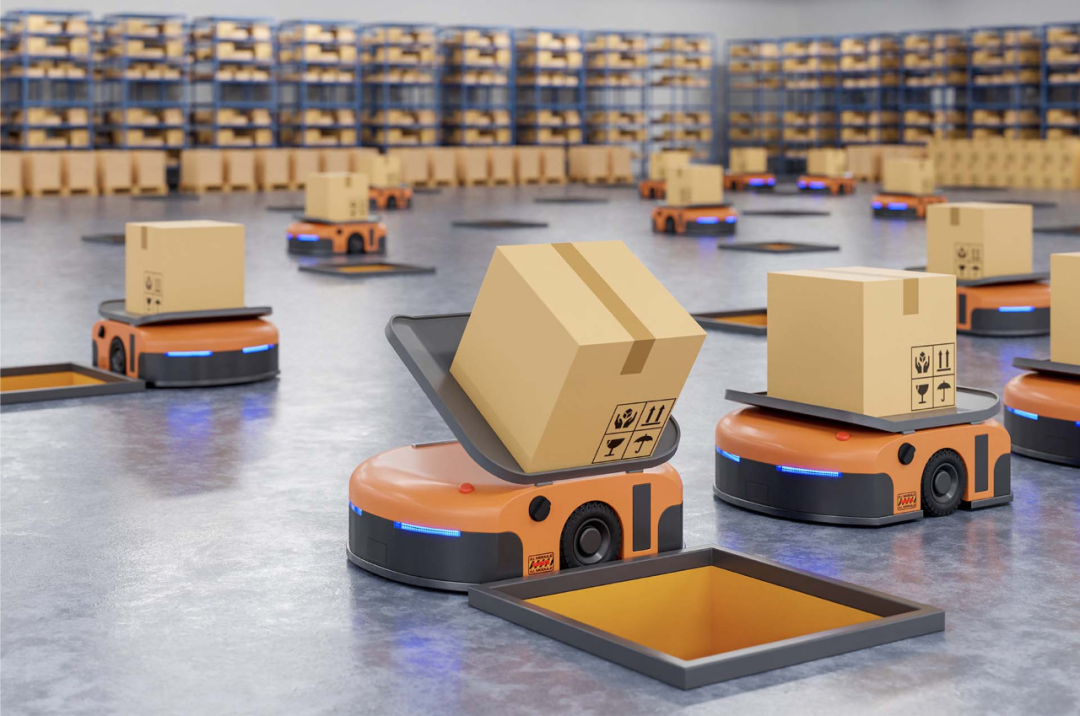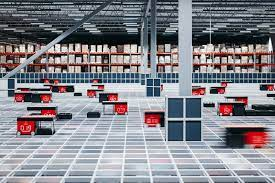
 HOME >> News >> Industry News
HOME >> News >> Industry News
Return on Investment (ROI) is a financial metric used to evaluate whether the investment in automated warehouse technology and solutions is worth it and to predict how much economic benefit these investments will bring over a period of time. This indicator helps companies decide whether to make such an investment, as well as the size and scope of the investment.
In today's increasingly fierce business environment, efficiency and accuracy become the key factors for enterprises to win. As an indispensable part of the supply chain, warehousing has naturally become an important area for enterprise optimization. Automation technology is widely used in warehouse management because of its high efficiency, accuracy and reliability. But automation often requires a relatively high initial investment, leaving many companies hesitant to make decisions. So, how to accurately measure the investment benefits of warehouse automation, so as to make informed decisions? This article will explore the concept of return on investment (ROI) of automated warehouses, and how to effectively calculate and evaluate ROI.

More and more companies are exploring warehouse automation solutions, such as robots, automated buses and other systems. Rogier Verhaar of Groenewout, a supply chain consulting firm, has conducted an in-depth study on how to calculate the payback period of such an investment.
In order to accelerate operational processes and improve efficiency, a variety of automation solutions have become more abundant. Solutions range from simple autonomous mobile robots to highly flexible shuttle picking systems and compact storage solutions such as Autostore. Given the diversity of solutions, their costs fluctuate accordingly. How do you ensure that the selected program achieves the highest return on investment?
Situational Assessment
First of all, we must fully understand the company's future development plans. What is the forecast growth and how credible is it? How many orders will the company need to process and how much storage space will it need in the next 3, 5, seven or even ten years? What will the cost be if you continue to use the existing system? Further, how much additional manpower and resources may be needed to meet the order demand in the future? These answers will form the basic plan.
Next, we ask: What would be the consequences if the company invested in automation? Here we need to design a new scenario that takes into account not only the cost of operation (OPEX) but also the cost of capital (CAPEX). Compared with the basic scheme, the actual impact of investment on operating costs can be understood.
In short, when the capital investment is recovered by saving operating costs, the automation scheme starts to be profitable. The time it takes to achieve these 1 goals is called the payback period.

Accurately calculating the profitability of an automation solution requires an in-depth discussion of operating costs.
Labor costs: This is the most important part of the cost structure. The biggest advantage of automation is the reduction of labor requirements. Many investments can pay off by saving labor costs. This is particularly critical in the current environment of rising labor costs and labor market shortages.
For some companies, automation has become an indispensable option because they can no longer recruit enough workers. The lack of sufficient staff not only restricts business expansion, but even leads to a decline in turnover in some cases, because the company has to reject customers. Such costs, while difficult to quantify, can be a key factor in deciding whether to automate.
Of course, there are other cost factors, including service and maintenance. Service and maintenance costs for different automation scenarios can vary significantly. For example, does the enterprise have a dedicated technical department to do these tasks, or does it rely on the services provided by suppliers?
Space cost savings can balance higher service and maintenance costs. Because automated storage systems typically take up less space than traditional manual systems, they require less physical space.
Other factors to consider include energy supply. The energy consumption of automation solutions is usually less significant relative to the overall investment cost, especially in large projects.
The weighted average cost of capital (WACC) should also be taken into account when making scenario comparisons. This is a rate of return set by the company, including the cost of financing.

non-quantitative factors
In addition to labor and energy, there are other factors that are difficult to quantify with costs, such as ergonomics and safety. Business continuity is also a key factor. Every automation system is designed to minimize the risk and impact of downtime. The best practice is to develop a list of selection criteria based on all these factors, and then evaluate each option against these criteria. Acceptable payback periods vary from business to business. For logistics service providers, it is usually required to recover the investment before the end of the contract with the customer. Companies that are listed or owned by investment companies usually require a shorter return on investment.
With a limited investment budget, the payback period is usually not a problem. However, when implementing large, complex fully automated warehouse projects, investment budgets are often very tight.
Summary
Overall, calculating and evaluating the return on investment (ROI) of an automated warehouse is a comprehensive task that requires consideration of multiple factors and data. A high ROI means not only that you will recoup your costs in the short term, but also that your business will gain sustained economic benefits and competitive advantage over the long term. Therefore, a comprehensive and accurate analysis of ROI can not only help companies make more informed and reliable investment decisions, but also an important means to promote continuous innovation and growth. Through in-depth ROI analysis, companies can not only optimize existing operations, but also embrace new technology and market opportunities with greater confidence.